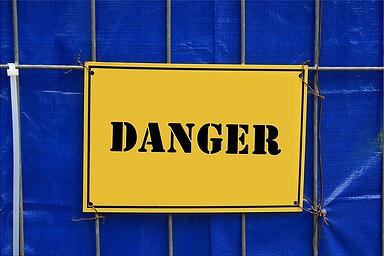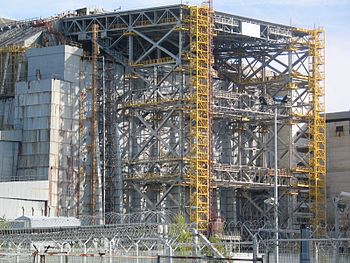Building commissioning (Cx) can be a useful risk management tool for facility managers and owners. Incorporating risk management in building Cx requires an understanding of three basic elements: threats, vulnerabilities, and associated risks. Risks characterize the likelihood of vulnerabilities being affected by threats. In a risk management process, once risks are defined they are prioritized for the development of risk reduction strategies. Building Cx provides unique risk reduction and risk management opportunities for facility managers and owners.
From the perspective of facility management and building Cx, risk management can be organized by two fundamental vulnerabilities:
- Building systems and equipment
- Building occupants and users
Benefits of Focusing on Users of Buildings and Spaces vs. Equipment
Facility management and building Cx focus mainly on systems and equipment - Systems and equipment are of course the scope of responsibility for facility managers and commissioning authorities. However, a focus on occupants and users can help to develop and prioritize important risk reduction strategies.
In a health care setting, an understanding of patient vulnerability to the threats of surgical site infection and Legionnaires’ disease can help to inform effective design, renovation, and commissioning of related systems and equipment. For example, to reduce the risk of surgical site infection, a facility manager can ensure that construction projects include a thorough commissioning design review of ventilation in operating rooms. To reduce the risk of Legionnaires’ disease, a commissioning authority can help review cooling tower water treatment systems and proximity of cooling towers to building air intakes, and recommend design improvements or counter-measures.
Quantifying Risks
A major challenge in assessing vulnerabilities is accessing data to quantify risks. Historical data on threats, vulnerabilities, and risks are often hard to come by, especially for independent facility managers. In a health care setting, there can be an opportunity to link patient care / safety data and patient satisfaction data with the systems and equipment that serve patients, and other building occupants and users.
Facility managers often deal with threats as they arise (i.e., “putting out fires”). Pro-active facility managers have developed an ability to identify and minimize system and equipment vulnerabilities (e.g., replacing critical equipment that is near the end of its service life). For healthcare in particular, I believe there are opportunities to improve building performance by addressing the vulnerabilities of building occupants and users, and linking those vulnerabilities to the systems and equipment that we commission.






